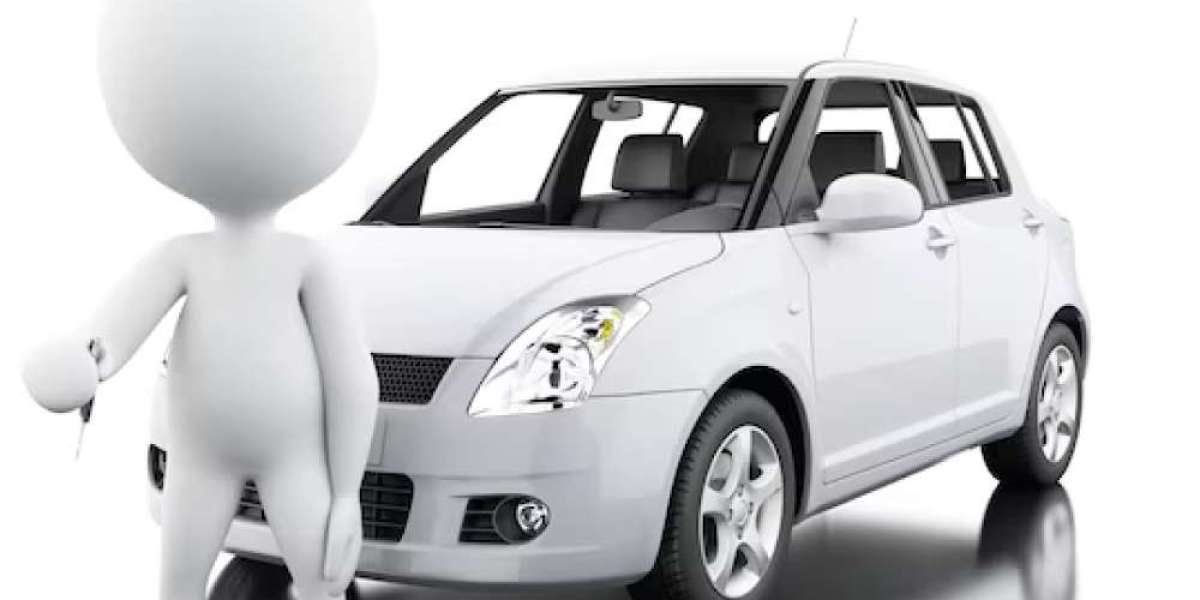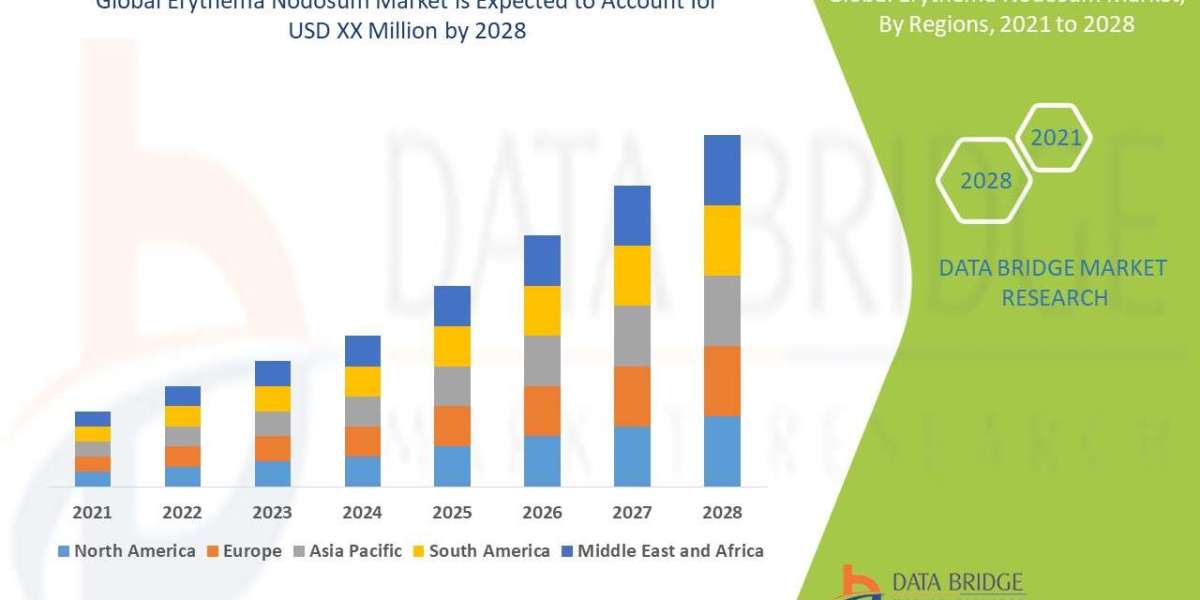electric vehicle (EV) adoption accelerates across Europe, the demand for sustainable solutions in battery lifecycle management is surging. One of the most critical aspects is battery recycling, which not only addresses environmental concerns but also supports a circular economy. With the European Union pushing aggressive green policies and automotive manufacturers focusing on net-zero emissions, the Europe electric vehicle battery recycling market is poised for rapid growth and transformation.
Market Overview
Europe stands at the forefront of the global EV movement, with countries like Germany, France, Norway, and the Netherlands witnessing a sharp rise in EV registrations. This expansion brings forth a parallel surge in the retirement of lithium-ion batteries, typically after 8–10 years of use. Instead of being discarded as waste, these batteries offer valuable raw materials such as lithium, cobalt, nickel, and manganese—all of which can be recovered through advanced recycling processes.
The regional market is shaped by a mix of regulations, innovation, and growing industry collaboration. The EU Battery Directive and the proposed Battery Regulation play significant roles in mandating recycling targets and encouraging responsible battery disposal and reuse.
Growth Drivers
- Rising EV Adoption: With millions of EVs expected on European roads by 2030, the number of end-of-life batteries will increase exponentially, creating a massive need for recycling infrastructure.
- Government Regulations: The EU’s circular economy goals and regulations around battery waste are pushing automakers and recyclers to invest in recycling technologies.
- Raw Material Scarcity: With limited sources of lithium and cobalt, recycling helps Europe reduce dependency on imports and geopolitical risks.
- Sustainability Goals: Major automakers like Volkswagen, Renault, and BMW have integrated battery recycling into their sustainability frameworks to reduce carbon footprints.
- Technological Advancements: Innovations in hydrometallurgical and pyrometallurgical processes are increasing the efficiency and cost-effectiveness of battery material recovery.
Key Market Segments
- By Battery Chemistry: Lithium-ion batteries (NMC, LFP, LCO, etc.) dominate the market due to their widespread use in EVs.
- By Recycling Process: Direct recycling, pyrometallurgical (high-temperature), and hydrometallurgical (chemical) methods are gaining traction.
- By End User: OEMs, battery manufacturers, and third-party recyclers play key roles in collection and recycling ecosystems.
Country Insights
- Germany: As Europe’s largest auto market, Germany leads in recycling initiatives with state support and private investments in EV battery recycling facilities.
- France: Strong public-private partnerships and circular economy initiatives are propelling France's battery recycling segment.
- Norway: With high EV penetration, Norway is focusing on building regional recycling hubs to handle growing battery waste.
- United Kingdom: Post-Brexit, the UK is developing independent battery recycling policies and infrastructure to support its EV transition.
Challenges
Despite the promising outlook, several challenges persist:
- High Recycling Costs: The recovery process is still expensive compared to mining raw materials, though economies of scale may bring costs down.
- Logistics and Safety: Transporting used EV batteries is complex due to their size, weight, and risk of thermal runaway.
- Lack of Standardization: Battery designs differ across manufacturers, making disassembly and recycling difficult.
- Limited Facilities: While growing, Europe's battery recycling capacity is still in early stages compared to projected EV sales.
Key Players
Several companies are actively contributing to Europe’s EV battery recycling market, including:
- Umicore (Belgium)
- Li-Cycle (expanding into Europe)
- ACC (Automotive Cells Company)
- Hydrovolt (Norway)
- Duesenfeld GmbH (Germany)
- Fortum (Finland)
These players are investing in closed-loop recycling systems, improving material recovery rates, and forming partnerships with automakers to secure battery supply chains.
Future Outlook
The Europe electric vehicle battery recycling market is set for significant growth, supported by policy mandates, environmental concerns, and rising EV sales. By 2030, the region could see a robust ecosystem where nearly all spent EV batteries are collected, processed, and reused.
The future is likely to feature:
- Automated battery disassembly for efficiency
- Second-life applications in energy storage before final recycling
- Urban recycling facilities for localized and cost-effective operations
In conclusion, Europe is not just accelerating toward an electric future—it’s also building the systems to ensure that future is sustainable, circular, and resource-efficient.














